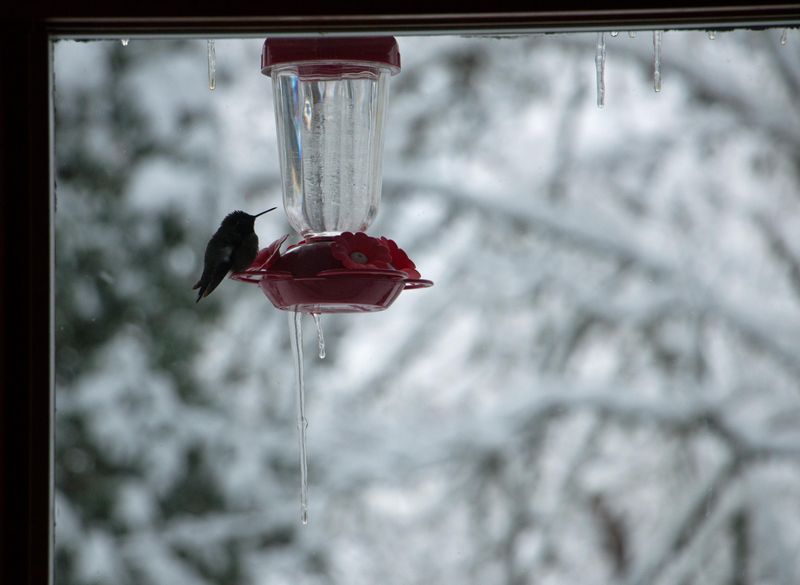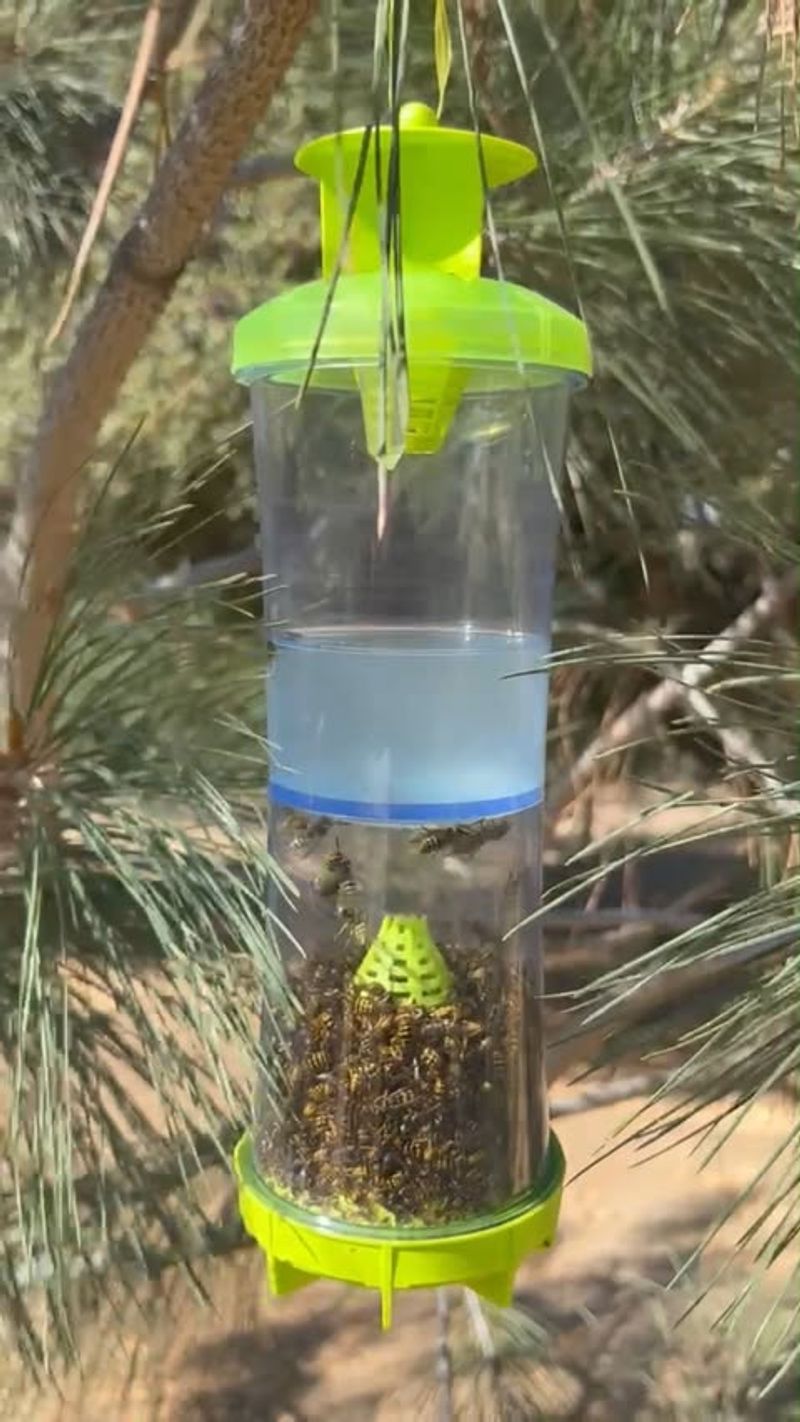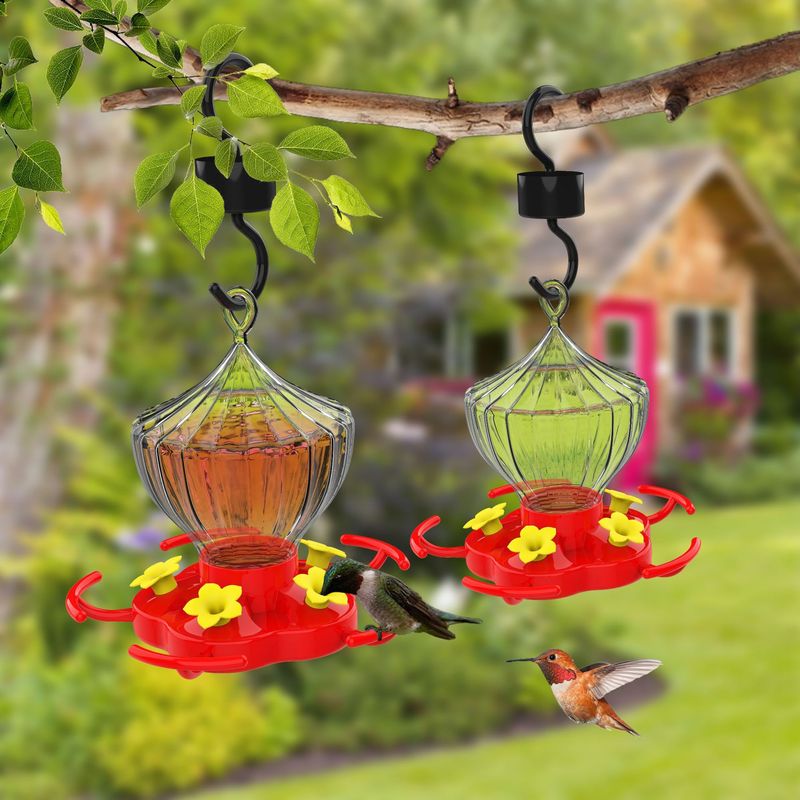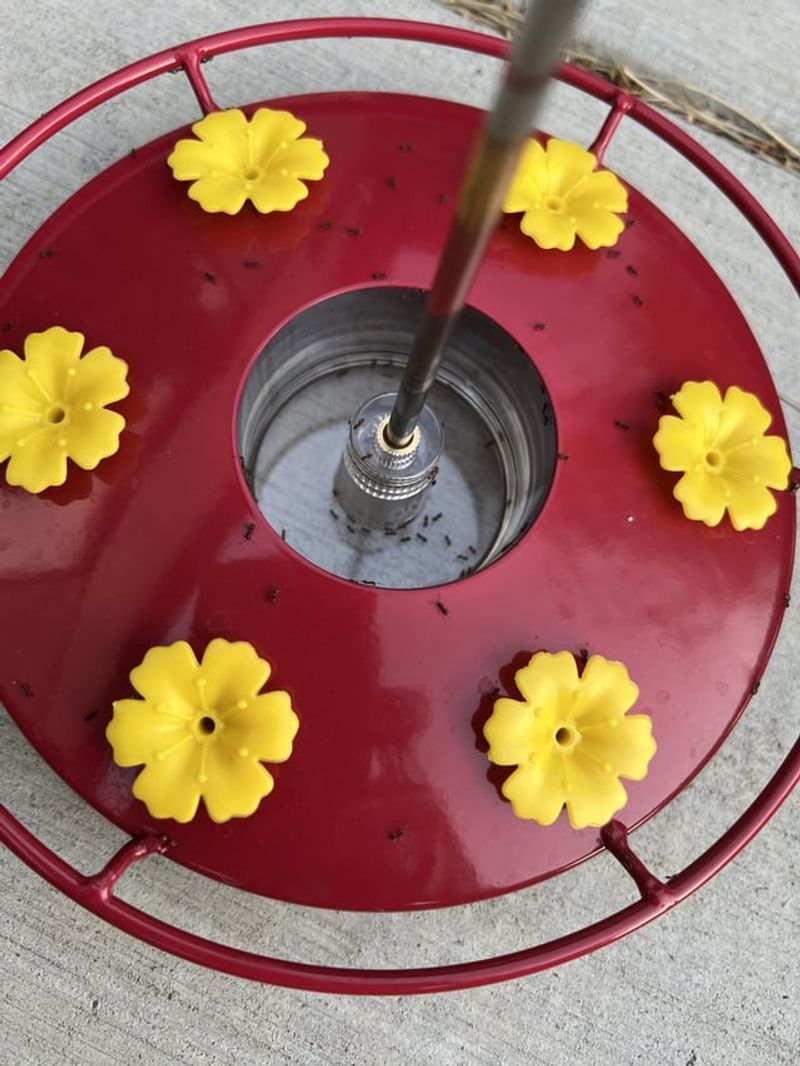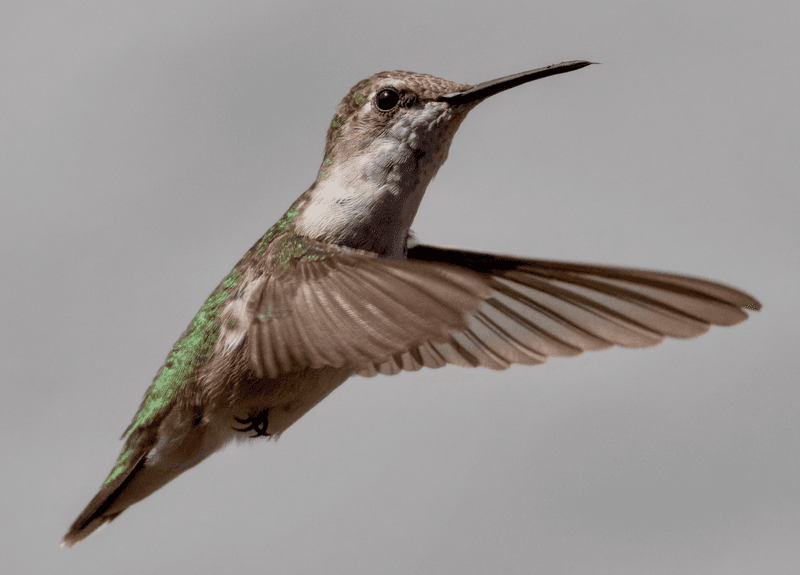Timing really matters when you’re deciding when to take down hummingbird feeders in Kentucky. I used to second-guess it every year until I learned the signs to watch for.
The birds follow their own schedule, and your feeder plays a small part in supporting them safely. Here’s how you’ll know the right moment to put it away.
1. Temperatures Drop Below Freezing Regularly
When the thermometer consistently dips below 32 degrees Fahrenheit, sugar water inside feeders can freeze solid overnight. Kentucky typically experiences these conditions from late November through February, making feeders useless to any lingering hummingbirds.
Frozen nectar cannot be consumed, and the expanding ice can crack plastic feeders or damage feeding ports. Most hummingbirds have already migrated south by this point anyway.
Store your feeders indoors until spring arrives and temperatures stabilize above freezing during daylight hours.
2. No Hummingbirds Visited for Two Weeks
A feeder that sits untouched for fourteen consecutive days signals that migration is complete in your area. Ruby-throated hummingbirds, the primary species in Kentucky, usually depart between late September and mid-October.
Watching for activity patterns helps you determine the right removal time. Once the last birds leave, maintaining the feeder becomes unnecessary work.
Clean and store your equipment properly so it stays in great condition for next season when those tiny visitors return to Kentucky gardens.
3. Mold or Black Spots Appear in the Nectar
Black fuzzy growth or cloudy liquid means dangerous bacteria and mold have contaminated your feeder. Kentucky’s humid climate, especially during late summer, creates perfect conditions for rapid microbial growth.
Hummingbirds drinking spoiled nectar can become seriously ill or die from fungal infections. If cleaning and refilling doesn’t solve the problem within a few days, take the feeder down.
Sometimes persistent contamination indicates the season is ending anyway, making it the perfect time to thoroughly sanitize and pack away your equipment.
4. Wasps and Bees Dominate the Feeding Ports
When aggressive insects completely take over your feeder, hummingbirds often give up trying to feed there. Late summer and early fall in Kentucky bring peak wasp activity as their colonies reach maximum size.
Yellow jackets and honeybees can sting these delicate birds or simply intimidate them away from the food source. If insects outnumber hummingbird visits by a huge margin, removal makes sense.
Taking down the feeder eliminates the insect attraction and prevents potential harm to any remaining hummingbirds in your Kentucky neighborhood.
5. Nectar Spoils Within 24 Hours
Extreme heat causes sugar water to ferment incredibly fast, sometimes spoiling before a full day passes. Kentucky summers can be brutal, with temperatures soaring into the 90s and creating a breeding ground for bacteria.
If you find yourself changing nectar daily and it still looks questionable, the conditions are too harsh. Spoiled nectar harms hummingbirds more than no feeder at all.
Consider removing feeders during the hottest weeks, then replacing them when cooler weather returns and natural flower sources become scarce again.
6. Ants Create Trails to the Feeder
Massive ant invasions make feeders completely unusable for hummingbirds who avoid contaminated food sources. Kentucky gardens often deal with persistent ant problems, especially during dry spells when insects seek moisture.
While ant moats and other barriers help, sometimes the infestation becomes overwhelming. Ants can drown in the nectar, creating a disgusting mess that requires constant attention.
Temporarily removing the feeder breaks the ant trail and gives you time to implement better prevention strategies before hanging it back up in your Kentucky yard.
7. Migration Season Officially Ends in Your Region
Ruby-throated hummingbirds typically complete their Kentucky departure by late October, with most gone even earlier. Keeping feeders up past this point serves no purpose since stragglers are extremely rare.
Bird experts confirm that leaving feeders out will not prevent migration or trap birds in Kentucky. Their instinct to migrate is triggered by daylight changes, not food availability.
Mark your calendar for early November as feeder removal time, giving any late travelers a chance while avoiding unnecessary maintenance through the cold months ahead.


